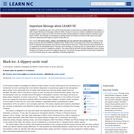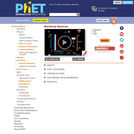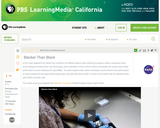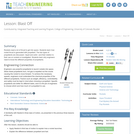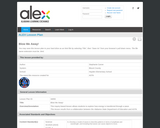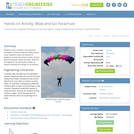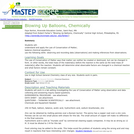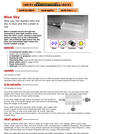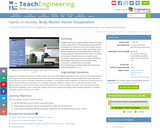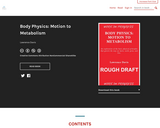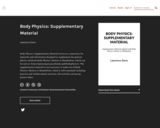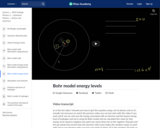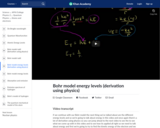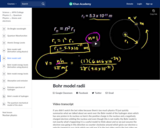
This board game challenges players (ages 10+) to build a spaceship and fly to a black hole. The game provides opportunities for understanding phenomena based on current black hole research. During the game, players will experience the dangers and excitement of a real space mission, and learn about the nature of black holes by launching scientific probes. The game can be played competitively or as a team (instructions are also provided for playing in large groups. Black Hole Explorer consists of: Game Board, Game Rules, Spacecraft Data sheets, Science Briefing Room document, Event cards (28), Probe result cards (12), Energy tokens (140). Game components are available as PDF downloads; dice and game pieces must be provided by the user. NOTE: tokens and cards need to be cut to size from letter-size cardstock.
- Subject:
- Applied Science
- Engineering
- Physical Science
- Physics
- Space Science
- Technology
- Material Type:
- Game
- Provider:
- NASA
- Provider Set:
- NASA Wavelength
- Date Added:
- 11/05/2014

